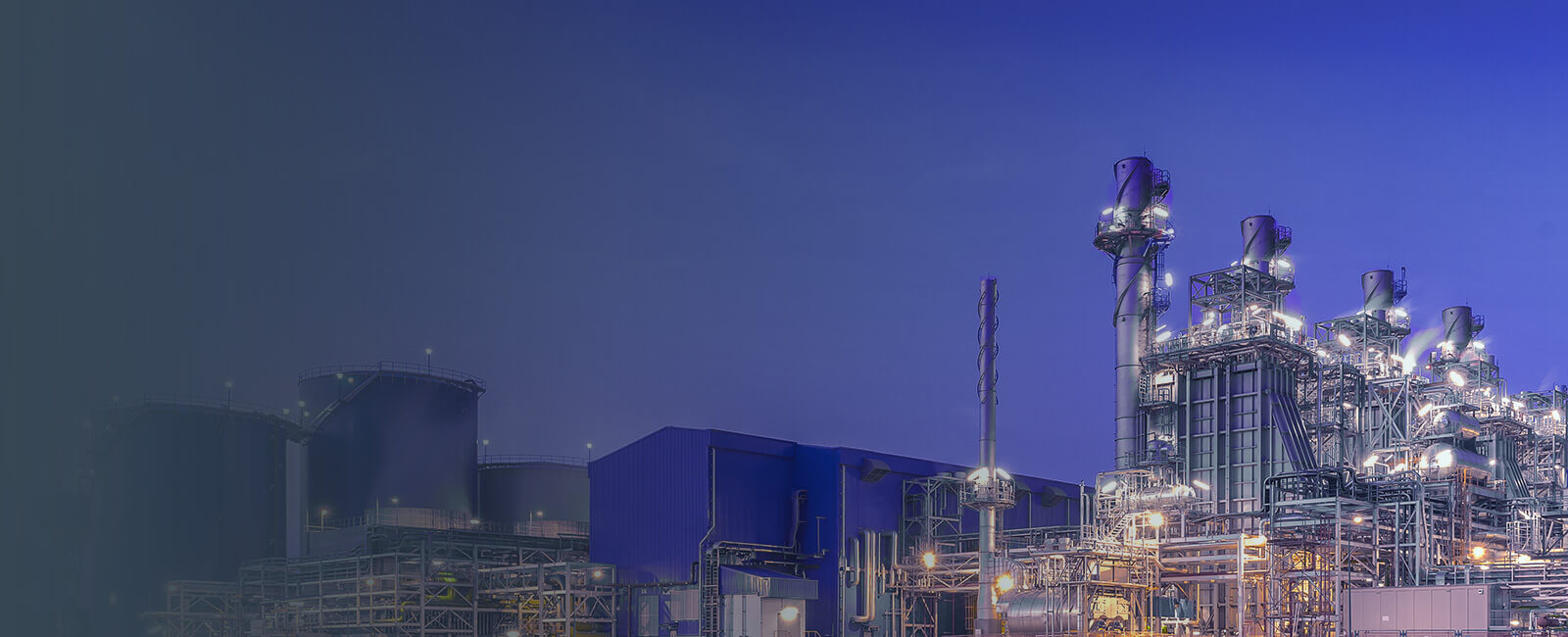A Scalable, Maintainable Optimisation Solution
Designed specifically to address the need for real-time, non-linear optimisation of continuous processes, Process Optimisation utilises real-time process and economic data to determine setpoints that guarantee a maximum operating profit, while achieving all regulatory requirements.
Process Optimisation uses first-principle simulation techniques with proven data reconciliation and optimisation technologies, in order to provide maximum, sustainable plant performance, as well as increased return on investment.
Evaluation of “What if?” Scenarios
Making use of precise models representing your plant’s actual operating conditions, Process Optimisation provides a Microsoft Excel- and flowsheet-based interface to enable offline “what-if?” scenarios. Additionally, Process Optimisation models can be utilised for procurement planning, as well as for the evaluation of the benefits of process changes.
Automated Optimisation and Reporting
Process Optimisation’s Real-time System (RTS) offers an integrated, graphical scheduling environment. This enables users to automate optimisation and reporting. By making use of RTS, users can define complex event sequences for closed-loop optimisation with ease, without the need for user intervention.
Task sequences can be scheduled to run on a daily or weekly basis, or at any pre-set interval. Such sequences can also be dynamically controlled when specific conditions, such as reaching a steady-state, have been achieved.
Results Visualisation and Key Performance Indicators
Process Optimisation’s industry-proven results can be rapidly visualised through the use of embedded web page reporting, as well as via the Intelligence application for web-based dashboards. These dashboards display key performance indicators and other important operations information.
Integrated Modelling Makes Optimisation Easy
Process Optimisation is the only complete process optimisation solution to integrate heat and material balance rigorous simulation, economic optimisation, gross error detection, data reconciliation, as well as performance monitoring into a single user environment.
Its online modelling and optimisation capabilities make use of industry-proven thermodynamic methods and data in order to generate highly accurate operating information. This allows managers to rapidly and precisely react to changes in market pressures, energy costs, as well as the performance of equipment.
With its integrated interface and drag-and-drop functionality, Process Optimisation minimises the user’s learning curve while accelerating real economic benefits. In modelling large processes, Process Optimisation’s equation-based optimisation engine is unmatched.


